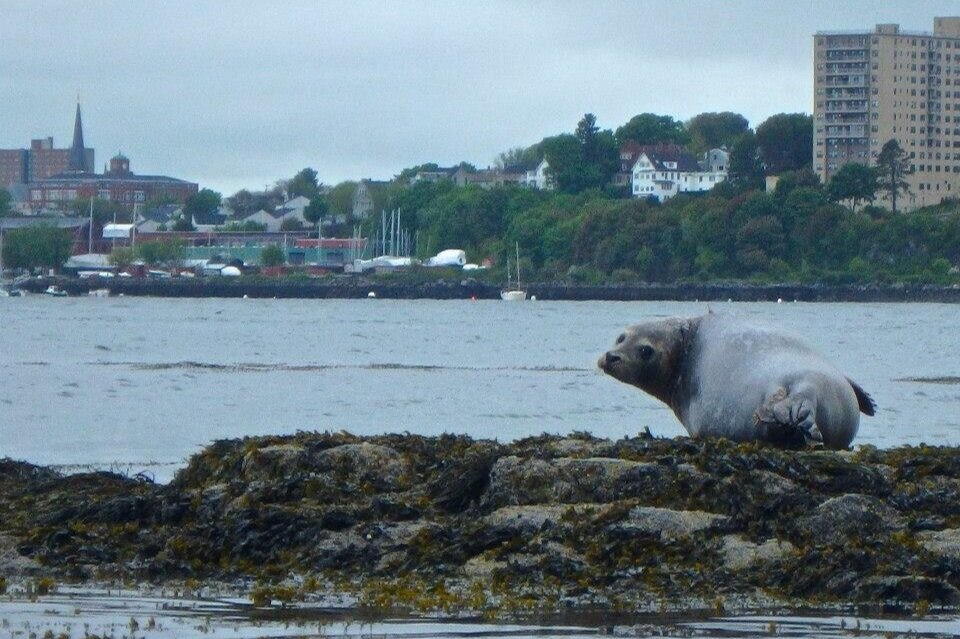7 Things you can do to help Seals, and 7 Seal Facts you’ll want to know – with Whitney

All of us at Portland Paddle love seals, and especially our flippered friends in Casco Bay who we encounter regularly. We shared an introduction to the types of seals we see while paddling in our Guide to the Seals of Maine last year, but there’s a lot more to cover. In this post we’ll share some of our guides’ favorite facts to share with groups when they spot a seal, along with ways that you can help seals thrive.
To round up our favorite seal facts and get some tips on protecting seals, we turned to Portland Paddle guide Whitney Wilson! Whitney has an overflowing passion for seals and she has channeled that into volunteering with Marine Mammals of Maine, a non-profit that responds to reports of stranded marine mammals, and cares for sick, injured and abandoned seals. When not paddling with seals you’ll likely find Whitney running with her three pups, exploring desert canyons, or nerding out about Portland Harbor’s network of forts.
